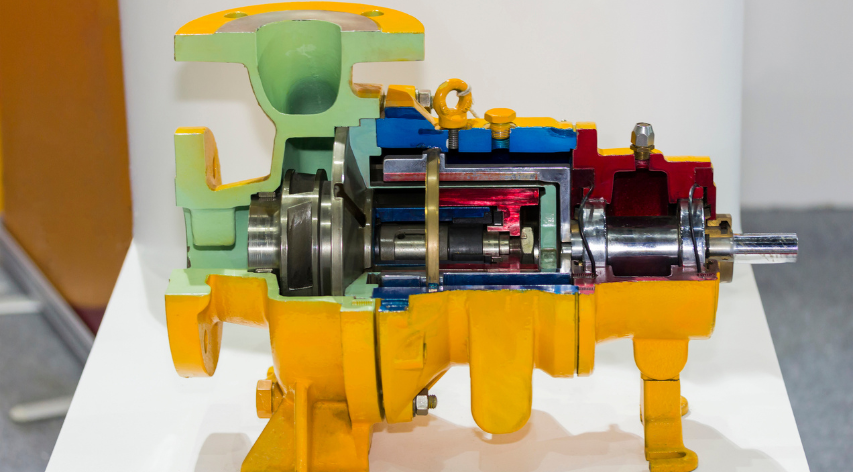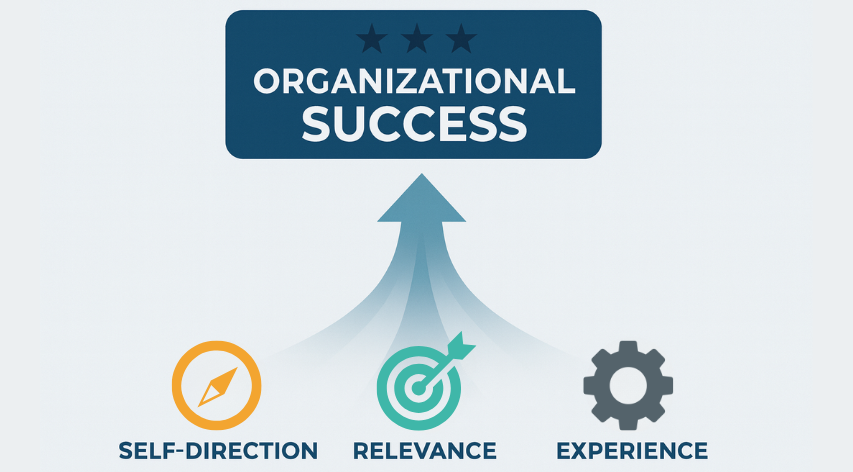Crane Operator Certification – OSHA Rule 1926.1427
I have been receiving many inquiries recently from individuals and companies concerned about the status of OSHA Rule 1926.1427 – All wondering if they are in compliance.
Bottom Line – There is currently a nationwide controversy regarding OSHA regulation on crane operators.
Background
![]() OSHA enacted a new crane rule in 2010. The part 1926.1427 (Crane Operators) has been retracted and is not being enforced. Part 1427 states that all crane operators shall be certified by Crane Type and Capacity. The certifying agencies either (1) are not able to provide this service or (2) are struggling with the directive. To provide the service as stated, they would need to develop a test for every type and size of crane used in the USA. Furthermore, the practical testing would require unlimited access to all those cranes.
OSHA enacted a new crane rule in 2010. The part 1926.1427 (Crane Operators) has been retracted and is not being enforced. Part 1427 states that all crane operators shall be certified by Crane Type and Capacity. The certifying agencies either (1) are not able to provide this service or (2) are struggling with the directive. To provide the service as stated, they would need to develop a test for every type and size of crane used in the USA. Furthermore, the practical testing would require unlimited access to all those cranes.
Industry has formally protested this rule. Although OSHA has not agreed to change it, they did agree to do a study. OSHA has published the delay of that specific part of the new rule until 2017. Meanwhile, the old rule 1926.550 has been deleted. This leaves crane owners and operators with no specific direction for compliance. The only direction is to revert back to the general duty requirement to provide a safe working environment for employees.
Going Forward
A reasonable solution should be for the accredited agencies to certify the operators; and for the employer to qualify the operator on the specific crane they will operate. Basically, this is what industry has been doing for the last 25 years.
The people contacting me are confused (as is the rest of the country, I assume) as to what steps they now need to take and how to prepare for the future. Reputable companies have implemented crane operator certification/qualification programs utilizing one of the accredited certifications programs available today. They follow the crane operator certification with an “in house” proficiency assurance or qualification (check ride) on the specific crane(s) to be operated.
As a member of the Cranes and Derrick Advisory Committee (C-DAC), I had fought long and hard for mandatory certification. C-DAC presented OSHA with a formal document clearly stating how the process has been developed by industry and how well it works. The concept — to mandate a rule to provide a consistent certification/qualification process across the 50 states. I can testify that C-DAC never intended nor recommended that certification and qualification were one and the same. It is clearly a two-stage process and the employer retains the responsibility for qualification. Furthermore, the C-DAC proposal was in agreement with the ASME B30.5 Standard for Mobile Cranes.
What To Do?
At this point it is difficult to accurately predict what direction OSHA might take. Regardless, I am confident that OSHA will give industry a reasonable period of time to comply. For now, I suggest that if you have a program that meets the requirements of ASME B30.5 then you should continue with it. If you do not have a suitable program you will be facing the risk of heavy citations should you have an OSHA inspection. There are also the devastating consequences of not having a valid program in the event of an accident. The civil liabilities are tremendous.








In the field of huge construction like bridge construction etc heavy lifting equipments are very important to work more efficiently. Transfer of heavy structure, heavy loading and its transfer in construction needs efficiency and effectiveness, which can be achieved by heavy lifting equipments.
(link removed – not allowed)
Hello Joe, how are you, Just an update.
Having attended and speaking at both ACCSH meetings March 31 and April 1st The meetings were all about NCCCO and IUOE wanting to remove certification by “Capacity” in the current OSHA Document and requiring certification by crane “Type” only??? ACCSH said they would recommend to OSHA the removal of having to certify by Capacity. We will continue to certify by both “Type” and “Capacity” here at Bay Ltd.
See Ya! Be Safe Joe!!
Hello Mike, I am doing great…
Thank you for your comments and update. We are all on the edge of our seat waiting the final decision.
Work safe too and all the best.
Joe